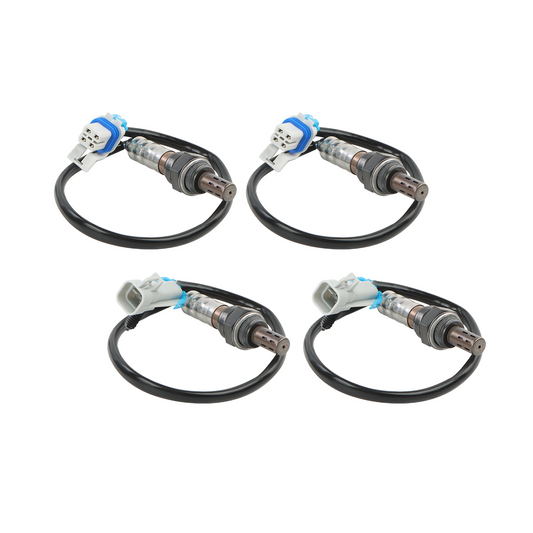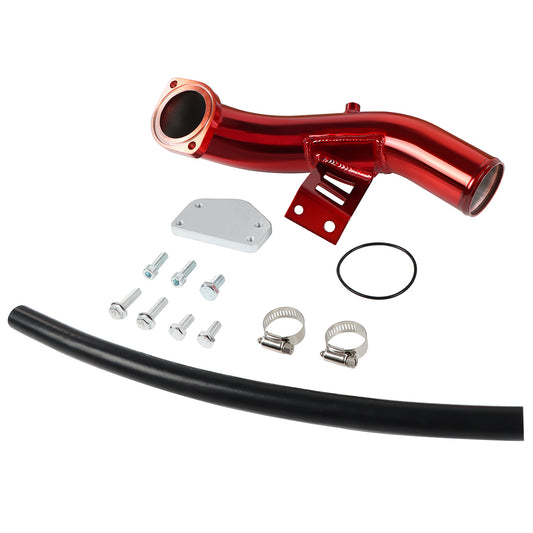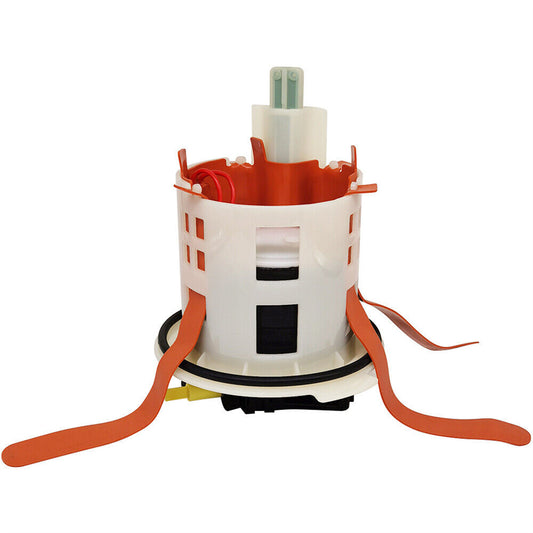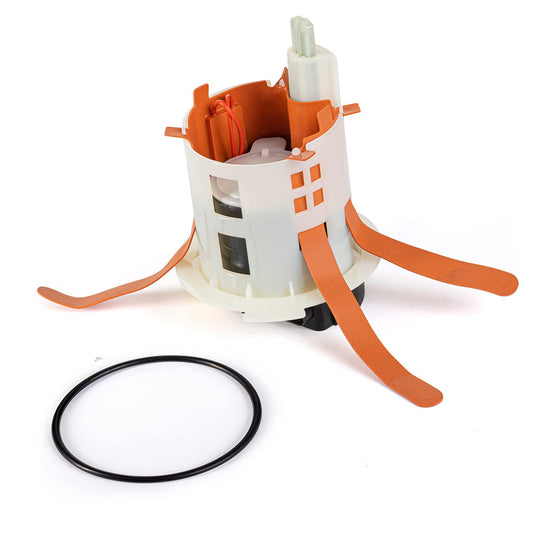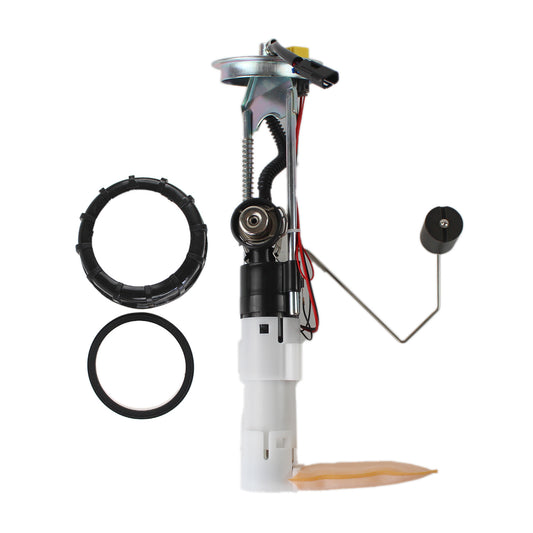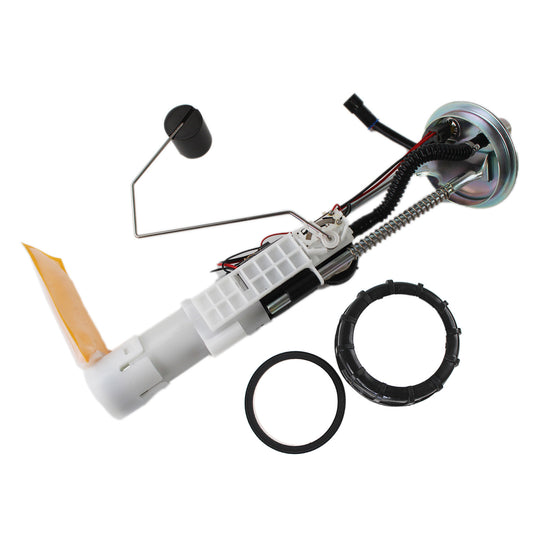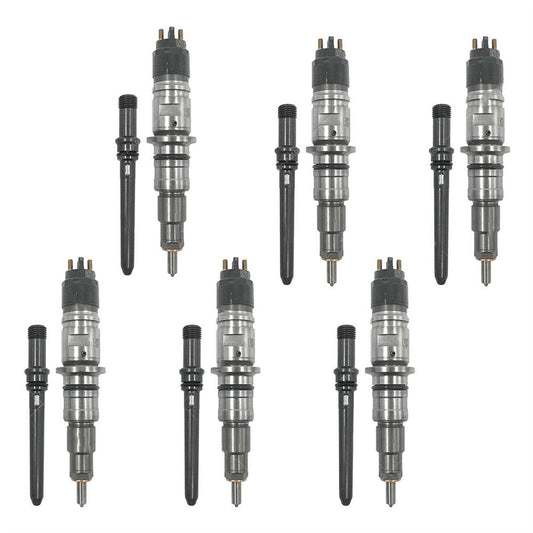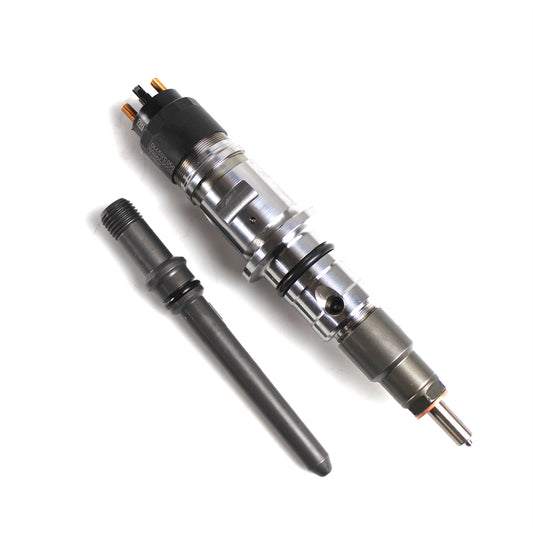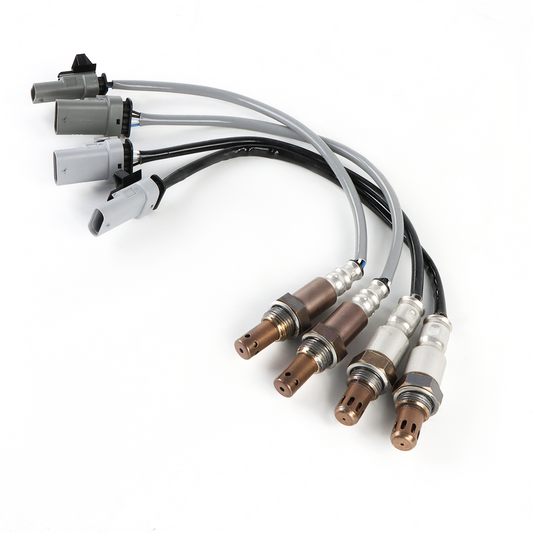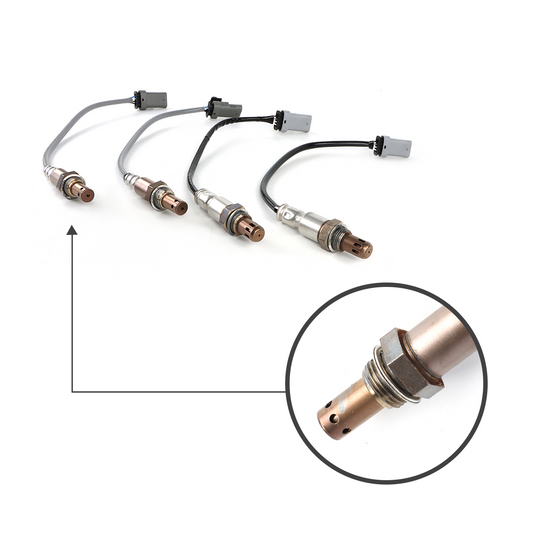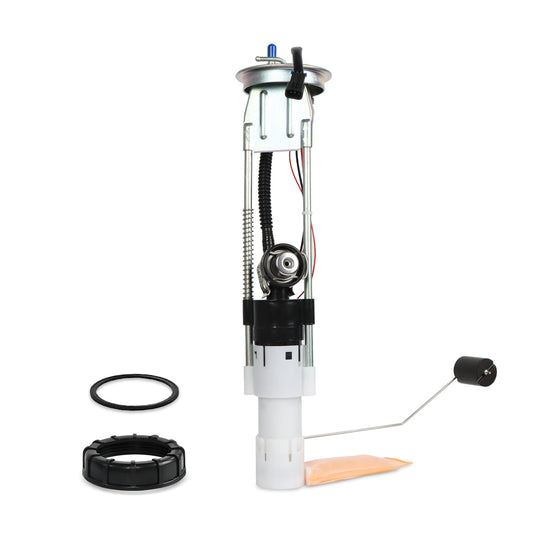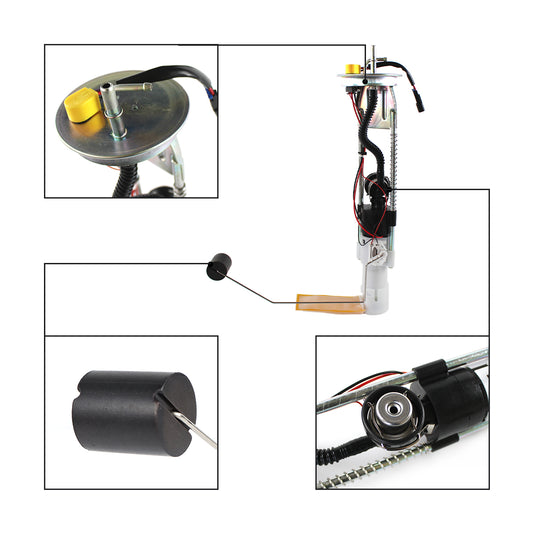Step-by-Step Guide: How to Clean an O2 Oxygen Sensor for Improved Performance
Introduction:
Is your vehicle experiencing decreased fuel efficiency, rough idling, or a persistent check engine light? A dirty or contaminated oxygen sensor (O2 sensor) could be the culprit. In this comprehensive blog post, we'll guide you through the process of cleaning your O2 sensor to restore its functionality and optimize your vehicle's performance. By following our step-by-step instructions, you can save money on potential replacements and experience improved fuel economy. Read on to learn how to effectively clean your O2 sensor and get your engine running smoothly again.
Understanding the Importance of O2 Sensor Maintenance:
Learn about the critical role of the O2 sensor in monitoring the air-fuel mixture in your vehicle's exhaust system. Discover how a dirty or contaminated sensor can negatively impact engine performance and fuel efficiency.
1, Identifying Signs of a Dirty O2 Sensor:
Explore common symptoms indicating a dirty or failing O2 sensor, including reduced fuel economy, engine misfires, rough idle, and persistent check engine light activation. Understanding these signs will help you determine if cleaning your O2 sensor is necessary.
2, Gathering the Tools and Materials:
Discover the essential tools and materials needed for the O2 sensor cleaning process. Ensure you have everything on hand before proceeding with the cleaning procedure.
3, Removing the O2 Sensor:
Follow detailed instructions on safely removing the O2 sensor from your vehicle. Take precautions to prevent damage to the sensor or surrounding components.
4, Cleaning Techniques:
Explore different cleaning techniques suitable for O2 sensors, such as using specialized cleaning solutions or utilizing a propane torch. We'll provide step-by-step guidance on each method, ensuring proper cleaning without causing any damage.
5, Reinstalling the O2 Sensor:
Learn how to properly reinstall the cleaned O2 sensor back into your vehicle. Follow the recommended torque specifications and ensure a secure fit.
6, Testing and Monitoring:
Understand the importance of testing and monitoring your newly cleaned O2 sensor. We'll provide tips on how to monitor its performance and detect any potential issues in the future.
Conclusion:
Cleaning your O2 sensor is a cost-effective way to restore its functionality and improve your vehicle's performance. By following our step-by-step guide, you can effectively clean your O2 sensor, saving money on replacements, and experiencing improved fuel economy. Implementing regular maintenance and cleaning routines will ensure optimal engine performance and prolong the lifespan of your O2 sensor. Take control of your vehicle's efficiency and reliability by learning how to clean your O2 sensor today.


